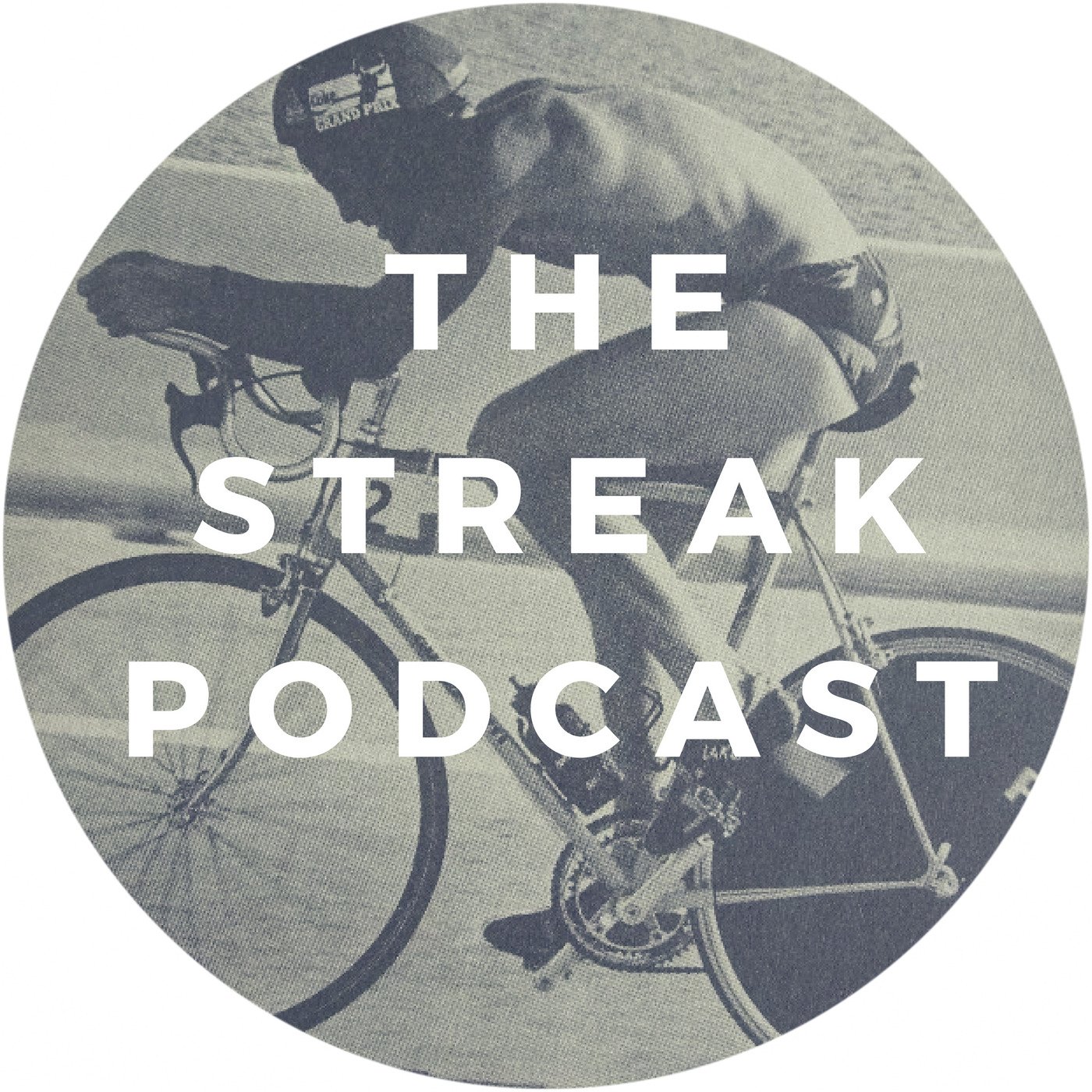TSP14: The 1992 Nice Triathlon
This episode is going to be the first of hopefully a three part series that will look at the Summer of 1992. 1992 was the first year that I raced in France on a family holiday. And from buying Triathlete magazines in French. Which I couldn't read at the time. I started to get interested in the triathlon scene over there.
The idea for this series comes from a video recently posted by Ben Bright. It’s a must-watch for anybody interested in triathlon history. Following Bright’s career in France from 1992 onwards was one of the inspirations for me to figure out how to move to France and find a French triathlon club to race for.
Today we are going to look at Nice, which took place on 14th June. Then Grenoble from the 28th June and Ironbridge which was organised on the 18th July. Ben Bright did all three. So the logical conclusion to the series would be to try and contact him to ask if he would agree to come on the podcast. To take us through those 5 crazy weeks in 1992.
Images:
Triathlete (USA) October 1987
Triathlete (FR) Juillet 1992
220 (UK) August 1992
220 (UK) October 1992
Triathlete (FR) Hors Serie. The Best Of 1992.
Links:
1992 Triathlon de Nice
Nice Triathlon 1992 - Ben Bright
TSP10: Thinking Of France
Nice 1993
1995 Nice Triathlon
TSP5: UK Triathlon Magazines 1986-1990
The Epic History of triathlon in France, France by Mark Allen
Nice Videos: 1985. 1990. 1992. 1993. 1995.
Scott Tinley’s Winning Triathlon by Scott Tinley. With Mike Plant.
The Ultimate Pass: Nice 1992 by Mark Allen
TED (FR) Octobre 1993
Sources:
TED (FR) Août-Septembre 1992
220 (UK) September 1992
Triathlon: The Sporting Trinity by Aleck Hunter and Erik Kirschbaum
Tri-Athlete (FR) Octobre 1987
Triathlon International de Nice on Wikipedia
Tri-Athlete (UK) Nov-Dec 1987
Triathlete (FR) Aout 1992
























